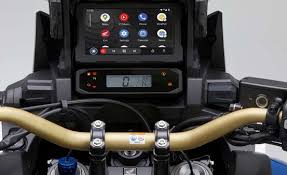It is the motorcycle riding system is a thorough approach to ensure safety as well as efficiency and fun for the riders. The system includes a variety of methods, techniques and methods that are designed to enhance your riding experience and reduce the risk. Knowing what is involved in the motorcycle riding system is crucial for both new and experienced riders looking to increase their skill and knowledge.
At its core, the motorcycle riding system integrates several important elements including the riding skills of the driver as well as the design of the bike and its features, as well as the road environment. Each of these elements plays an important role in creating a seamless and secure riding experience.
1. Rider Skills and Techniques
The foundation of any effective motorcycle riding system lies in the skills of the rider. This means mastering the fundamentals such as throttle control brakes and cornering. Advanced skills include understanding and executing complex maneuvers, such as emergency brakes and swerving to avoid obstacles. Rider education programs and advanced training courses are essential for learning these abilities. They do not just teach correct techniques but also build confidence and ability to make decisions that are crucial in dynamic riding conditions.
2. Motorcycle Design and Features
Modern motorcycles come with different technological advances that are designed to enhance efficiency and safety. They include Anti-lock Braking System (ABS), Traction Control Systems (TCS) and Electronic Stability Control (ESC). ABS assists in preventing wheel lock-up when braking, and TCS increases grip by adjusting engine power in slippery conditions. ESC helps maintain stability, particularly during rough conditions or in sharp turns. Understanding how these systems work and how you can use them efficiently is an essential element of the motorcycle riding system.
3. Road Environment and Safety
The road’s environment plays a significant part for your motorcycle riding system. This means being conscious of the road’s conditions, weather, and traffic patterns. Riders must stay alert to dangers that could be present, such as potholes, debris, and shifting traffic signals. Strategies for safe riding are vital to navigate through difficult traffic conditions and for ensuring safety. This involves maintaining a safe following distance, scanning the road ahead, and predicting what other drivers are doing.
4. Maintenance and Inspection
Regular maintenance and inspections of the bike are essential components of the riding system. Making sure that the motorcycle is in top condition will avoid mechanical problems and accidents. Regular checks include checking the level of brake fluid, tire pressure levels and overall mechanical integrity. Maintaining the bike well does more than just improve safety, but also prolongs its lifespan.
In summary, it is clear that the motorcycle riding system is an integrated method that blends riding skills, features of the motorcycle road-awareness, regular maintenance. By understanding and implementing these aspects the riders will be able to significantly enhance their safety and overall experience. Whether you’re a novice or an experienced rider knowing how to master how to master the motorcycle riding system is key to riding with confidence and safety.



